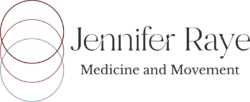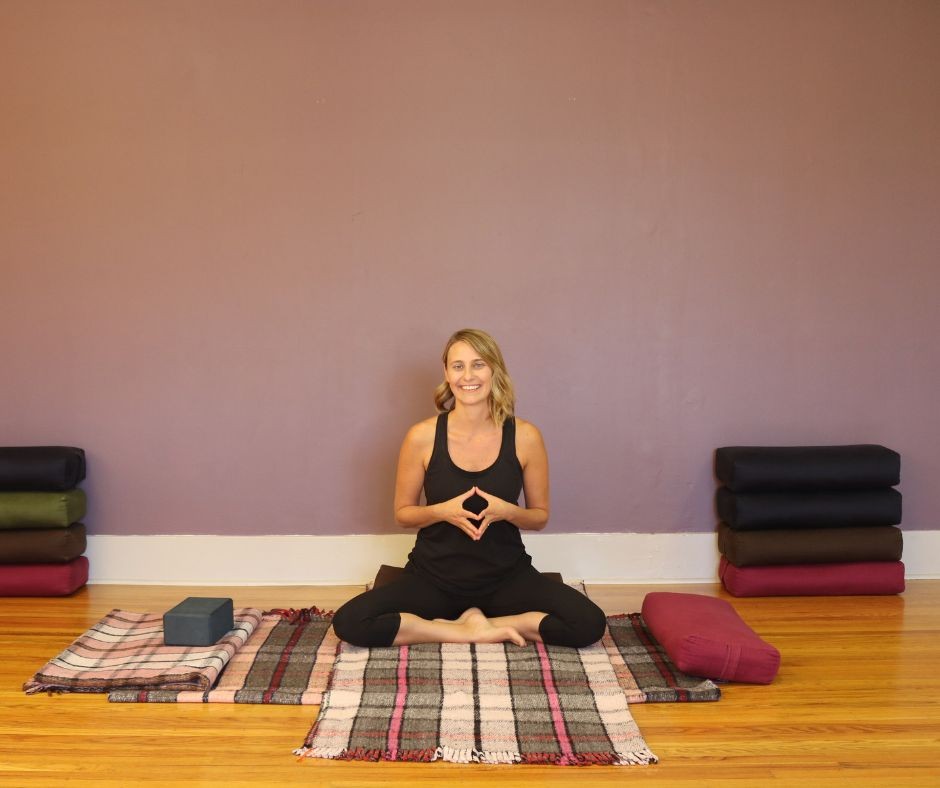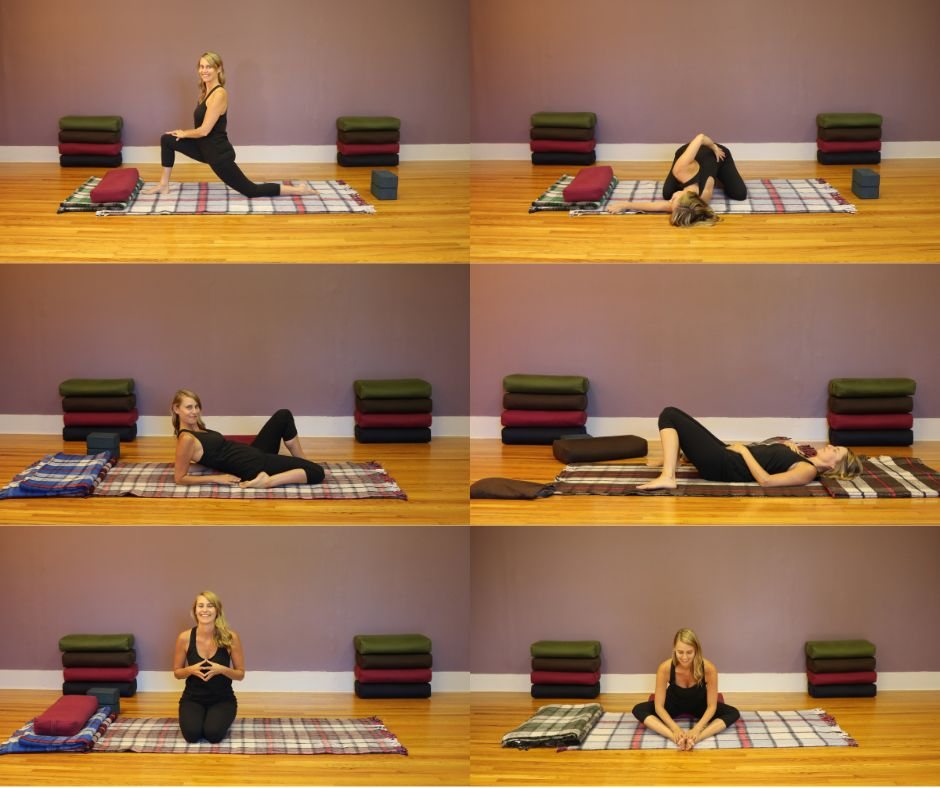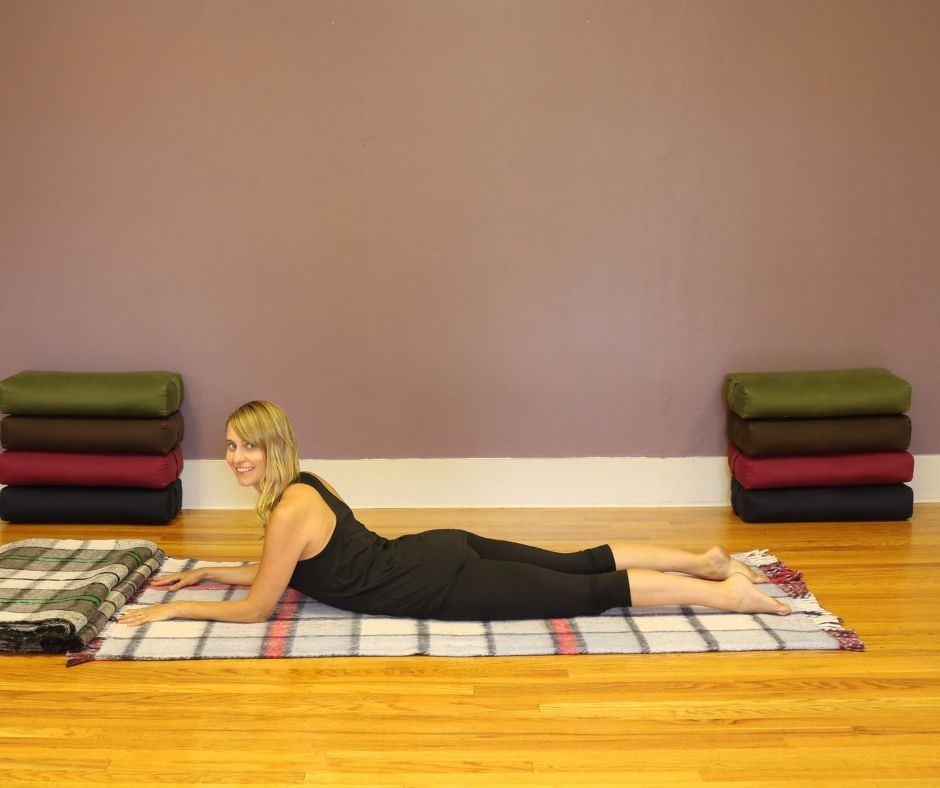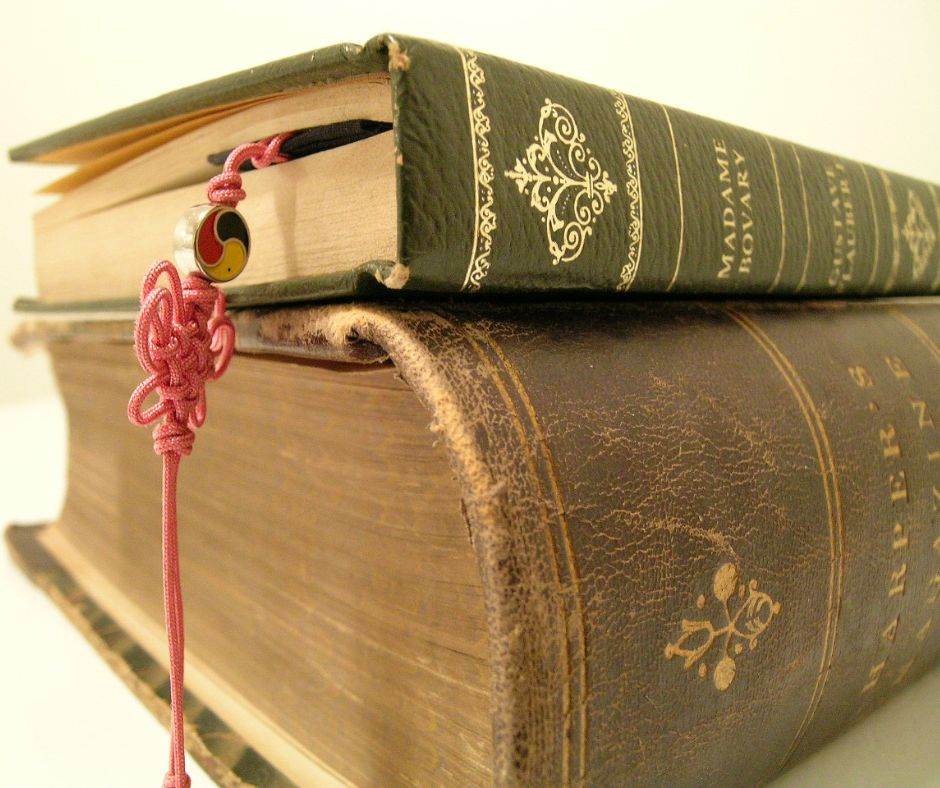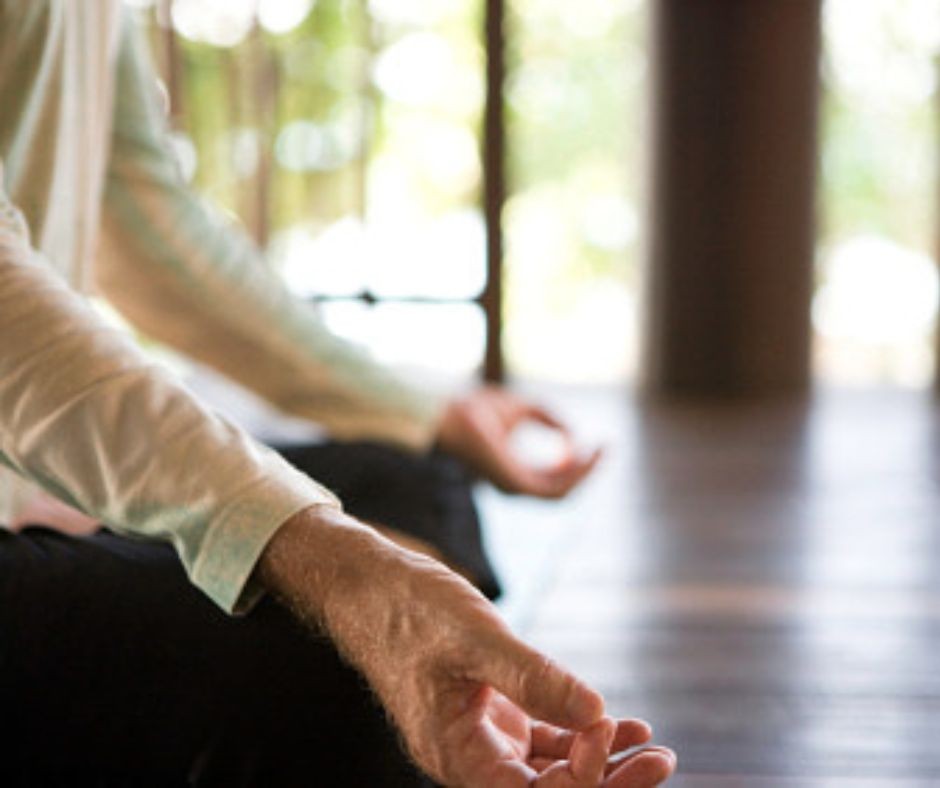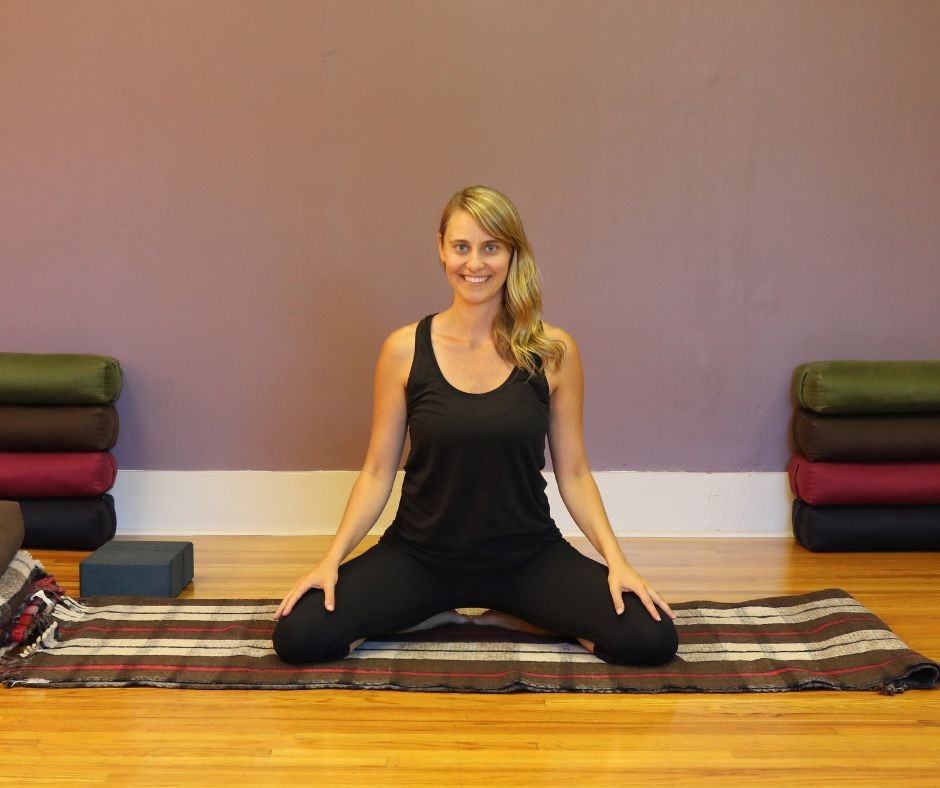It makes sense that restorative yoga and yin yoga are sometimes confused with one another. These two practices are similar in many ways. They’re both slow, receptive, calming, cooling, and oftentimes, they both emphasize contemplative teachings.
These two practices do have some essential differences though. I often get asked how these two forms of yoga are different from each other, so watch the video and read the post to learn more:
In comparison to a more “yang” practice, restorative yoga and yin yoga are both “yin”. Yang yoga is active and dynamic, whereas, restorative and yin yoga have qualities that are yin; they’re both slow and passive to a degree.
Restorative yoga was mostly created by B.K.S Iyengar. It was then further developed and popularized by teachers such as Judith Lasater. The restorative practice was originally created to help students who were ill, unwell, or injured. Props were used to support the body so that the student could experience the benefits of particular postures without needing strength or as much mobility as an active practice requires. It was originally created to support students with specific concerns, but it can also be used by anyone looking to create deep rest and restoration in their practice.
The term yin yoga is a relatively new term that is used to describe a form of practice where postures are held, mostly on the floor, for longer periods of time in a passive way. These long holds put pressure on the connective tissues leading to healthier joints, and hydration in the fascia. Keep in mind, the practice of holding poses is not new and pre-dates the term “yin yoga”.
The practice of restorative yoga uses props to aid in relaxation of the body and mind. As a student rests in a pose for a longer period of time, they are encouraged to release and let go. Postures are designed to support the deep interior of the body, including the organs. It’s common for poses to be held between 5-20 minutes. In this form of practice, the body is set up with props in a way that usually elicits very little sensation. This encourages the parasympathetic system to “turn on” leading to relaxation.
There is a spectrum of relaxation in restorative yoga. Some restorative yoga is extremely gentle but there are times when a more active pose is practiced in a restorative way. For example, doing an active forward fold and supporting the head, or practicing a supported backbend on a chair could be considered more restorative. Even though there is active engagement in some parts of the body, other parts of the body are supported and encouraged to release.
In the yin yoga style we are looking for sensation. Yin yoga relies on the theory that tissues need appropriate stress to become resilient, more supple, and strong. Yin yoga puts pressure on the connective tissue and ligaments through holding passive postures, mostly on the floor, over a longer period of time. Usually around 2-5 minutes. As a persons practice matures, they may hold poses for longer periods of time. In yin yoga, poses are done with less prop support. This is so the pose puts pressure or stress on the tissues and joints leading to mobility, circulation and flexibility.
Yin yoga can be relaxing and calming, but because the tissues are being pressurized and sensation is present we’re not always completely comfortable. Yin yoga can also be “restorative”, in the sense that it helps to restore the vital energies of the body.
These two systems are also differentiated by the sets of postures used. To learn more about yin yoga postures you can check out my yin yoga tutorials which you’ll find here. You can find examples of restorative poses here and here.
Keep in mind, there is some crossover of poses between the two systems. In this case, determining whether it’s a yin pose or a restorative pose will be dependant on how the pose is set up, what props are used, and how much/what kind of sensation is being experienced.
As you can see, there are many differences and similarities between these two systems. This is a big topic, so let me know in the comments below what you think! What are your thoughts about restorative and yin?
